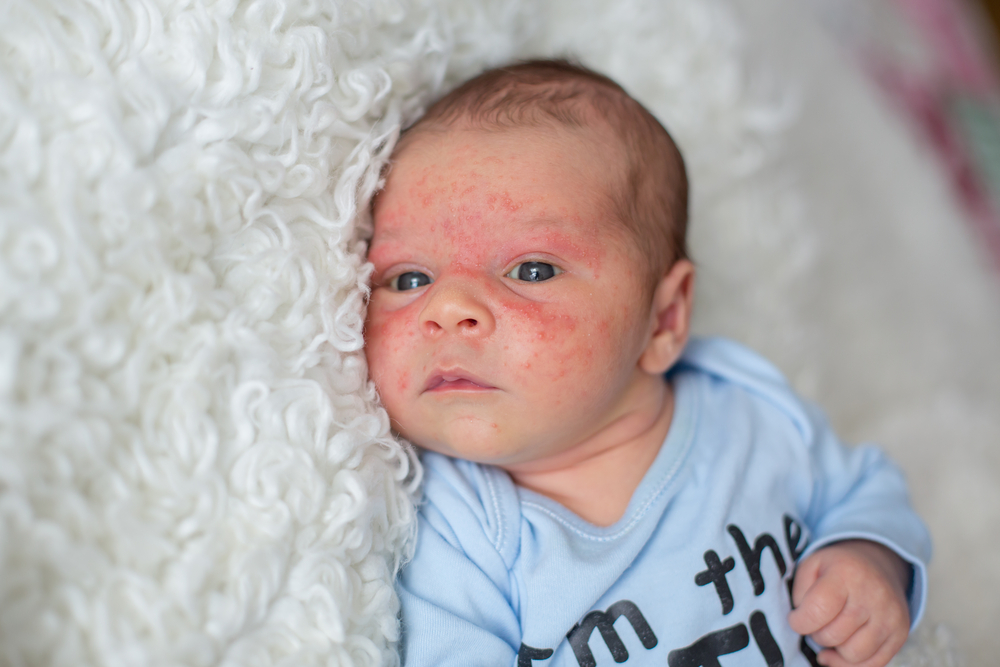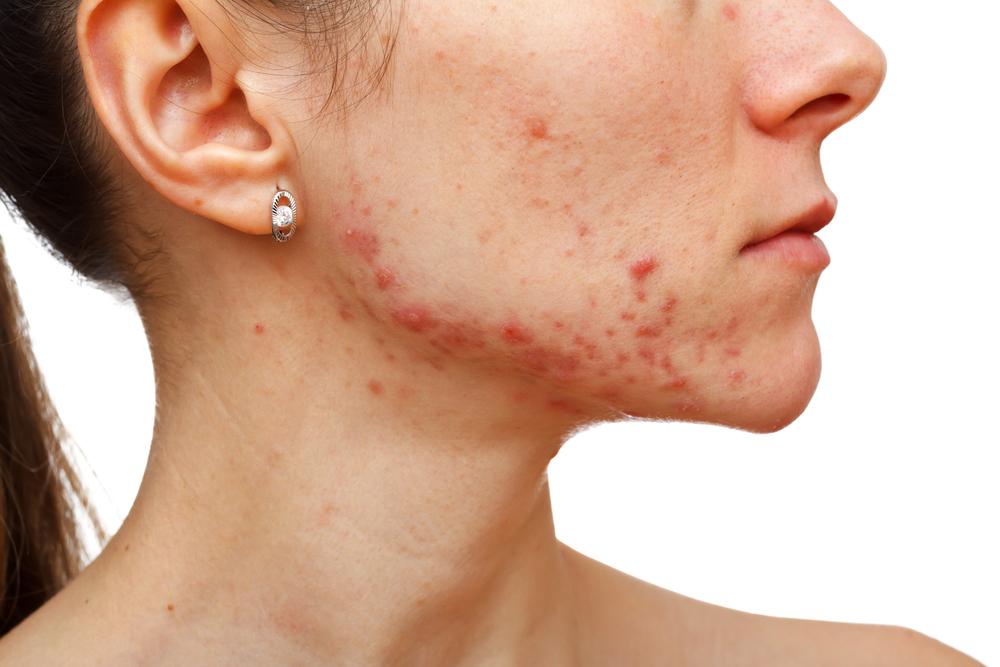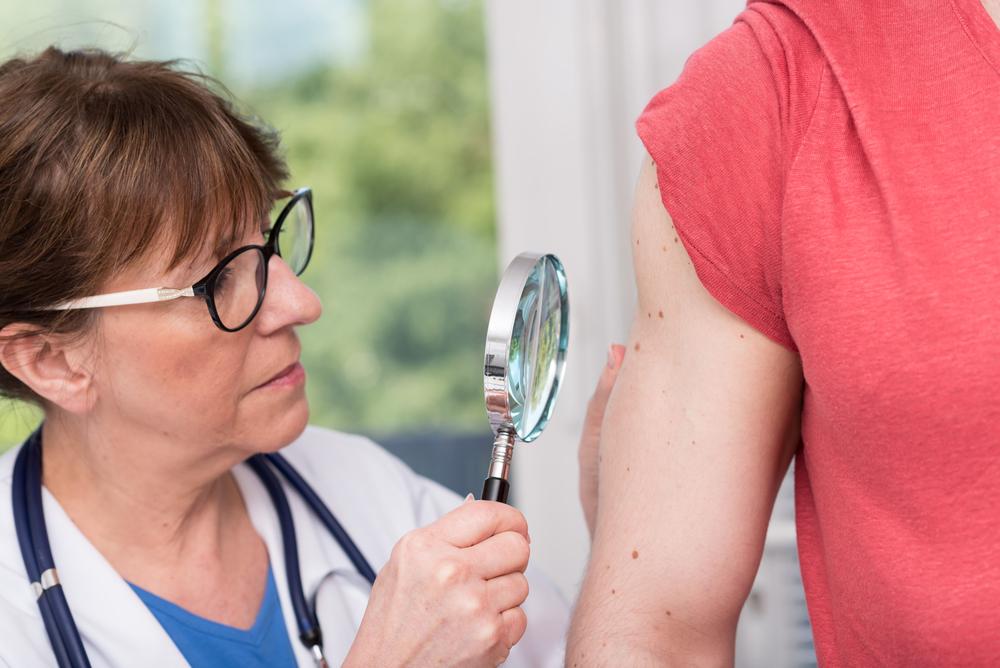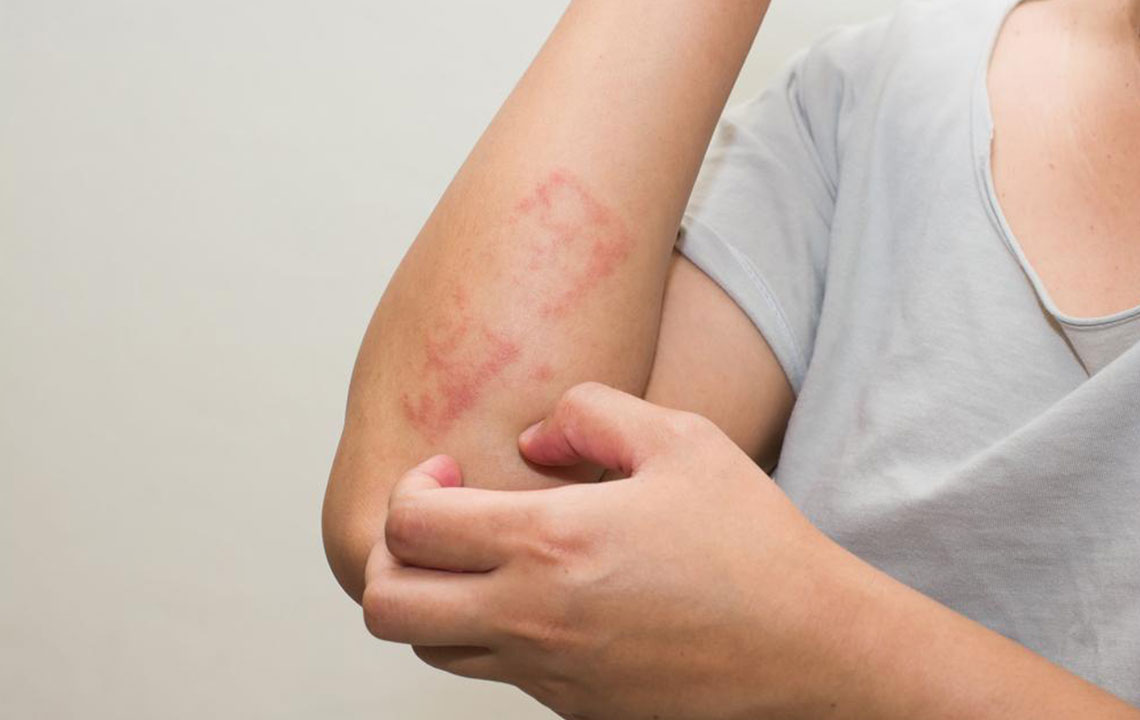Ultimate Guide to Eczema: Recognizing Symptoms, Causes, Types, and Effective Treatments
This comprehensive guide delves into eczema, covering symptoms, causes, types, and effective management strategies. It helps readers understand triggers and treatments, empowering them to control flares and improve skin health through proper skincare, lifestyle adjustments, and medical advice.
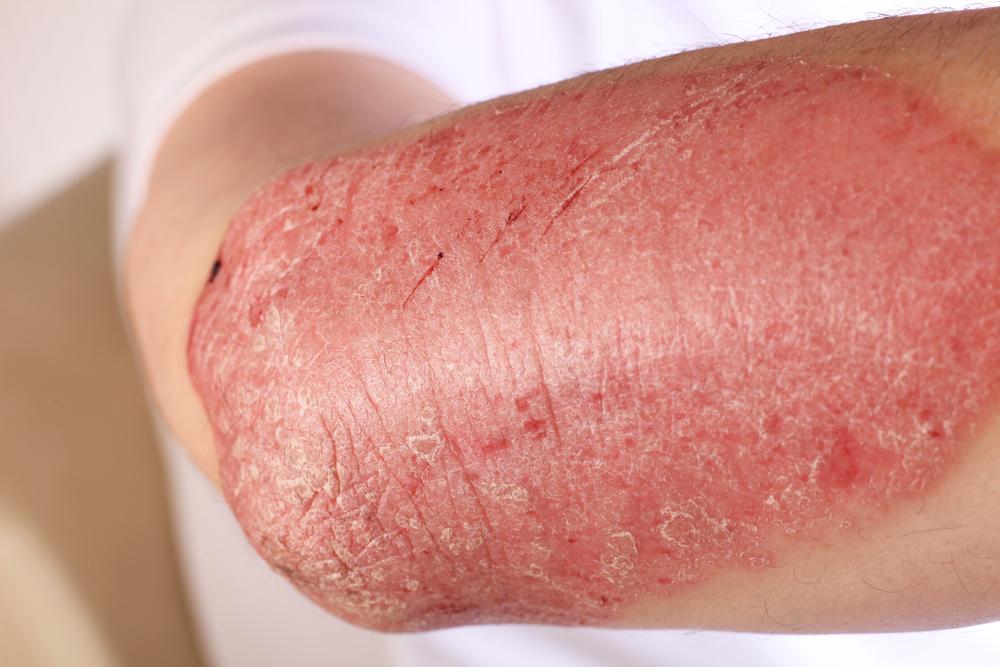
Comprehensive Understanding of Eczema: Symptoms, Origins, Variations, and Management Strategies
Eczema is a broad term that describes a variety of skin conditions characterized by inflammation, irritation, and redness. It is a common skin issue that can significantly affect quality of life if not properly managed. Recognizing the symptoms early, understanding the underlying causes, and knowing the different types of eczema are vital steps toward effective treatment and management. This detailed guide aims to equip readers with essential knowledge to identify, treat, and prevent eczema flare-ups, ensuring healthier skin and improved comfort.
In essence, eczema often begins with an intense itch that prompts scratching, leading to visible skin changes such as redness, dryness, and sometimes thickened or scaly patches. The affected skin may appear different depending on skin tone, with redness more apparent in lighter skin and darker patches or hyperpigmentation in darker skin tones. The severity can vary from mild irritation to persistent and severe flares, impacting daily activities and emotional well-being. Education about this condition can help sufferers manage symptoms more effectively and seek appropriate treatment.
Recognizing the prominent symptoms of eczema:
Red, inflamed, or swollen patches of skin
Persistent dry, rough, and itchy areas
Dark or light discolorations with scaling or crusting
Leathery, thickened skin resulting from chronic scratching
Blisters that may ooze or form crusts upon rupture
Intense, often unrelenting itching sensations
What are the common triggers for eczema?
Eczema is primarily caused by an overreactive immune system that responds excessively to irritants and allergens. This hyper-responsiveness leads to inflammation and skin barrier disruption. Multiple factors can act as triggers, causing outbreaks or exacerbations of symptoms. Understanding these triggers helps individuals minimize exposure, thereby reducing flare-ups and maintaining healthier skin. Typical triggers include contact with harsh fabrics such as wool or synthetic fibers, extreme temperature changes—either hot or cold—specific allergic agents like pet dander or pollen, and common skincare products containing fragrances or dyes. Stress, cold weather, humidity fluctuations, and underlying respiratory conditions like asthma may also play a role in aggravating eczema. It is important to note that eczema is a non-contagious condition and cannot spread from person to person, alleviating concerns about transmission.
Categories of Eczema and Their Characteristics
Atopic Dermatitis: The most prevalent form, often linked to allergic conditions such as asthma and hay fever. It commonly appears in early childhood on the face, neck, elbows, behind the knees, and ankles. Chronic and relapsing, this form tends to run in families and may improve with age but can persist into adulthood.
Stasis Dermatitis: Usually affecting adults with poor circulation or varicose veins. This type appears mainly on the lower legs, with symptoms including swelling, redness, and skin breakdown, often requiring medical intervention.
Scabies: Caused by tiny mites that burrow into the skin, producing symptoms similar to eczema—intense itching, lesions, and rashes—requiring specific antiparasitic treatments.
Fungal Dermatitis: Fungal infections can mimic eczema, often presenting with similar rashes. A microscopic examination can distinguish fungal involvement and guide antifungal therapy.
Pompholyx (Dyshidrotic Eczema): Characterized by small, itchy blisters on the palms, soles, or sides of fingers and toes. It can be triggered by stress, allergies, or environmental factors.
Nummular Eczema: Typically affecting older adults, it manifests as round, coin-shaped patches with scaling, mostly on the lower legs but also on other areas.
Lichen Simplex Chronicus: Develops through repeated scratching, leading to thickened, leathery skin on the neck, shins, or forearms.
Seborrheic Dermatitis: Affects areas rich in oil production, such as the scalp, face, ears, and chest. In infants, it can cause widespread, oozing, crusty patches known as cradle cap.
Xerotic Eczema: A dry skin variant that results in cracking, fissures, and sometimes oozing patches, mainly due to climate or inherent skin dryness.
Allergic Contact Dermatitis: Triggered by contact with allergenic substances like nickel, fragrances, or certain cosmetics, leading to localized eczema and inflammation.
Effective Treatments and Management of Eczema
Managing eczema requires a comprehensive and consistent skincare regime. The cornerstone of treatment involves maintaining skin hydration and avoiding triggers. Regularly moisturizing with emollients helps restore the skin barrier, reduces dryness, and alleviates itching. When flare-ups occur, topical corticosteroids are commonly prescribed to reduce inflammation. For infected lesions, antibiotics or antifungal medications may be needed.
Gentle cleansing of affected areas with water or diluted vinegar, followed by proper drying and application of prescribed ointments, can prevent worsening of symptoms. Oral antihistamines may be recommended to control severe itching, which can interfere with sleep and daily activities. Severe or stubborn cases might require advanced therapies such as phototherapy with ultraviolet light or the use of tar-based products. In particularly resistant cases, immunosuppressants like cyclosporine could be considered under medical supervision to help modulate the immune response.
Living Well with Eczema: Tips and Strategies
Living with eczema involves diligent self-care and proactive trigger management. Patients should identify personal irritants—such as specific fabrics, soaps, or environmental factors—and make adjustments to daily routines accordingly. Wearing loose, breathable clothing and opting for fragrance-free skincare products can significantly reduce irritation. Regular moisturizing, especially after bathing, helps keep the skin supple and less prone to flare-ups.
Consulting with dermatologists regularly ensures tailored treatment plans that adapt to changing skin needs. Wearing protective clothing in harsh weather, managing stress through relaxation techniques, and avoiding scratching can make a profound difference in symptom control. With proper management and lifestyle modifications, individuals can lead comfortable, active lives despite having eczema. Education about the condition demystifies misconceptions and encourages a positive approach to skin health.
